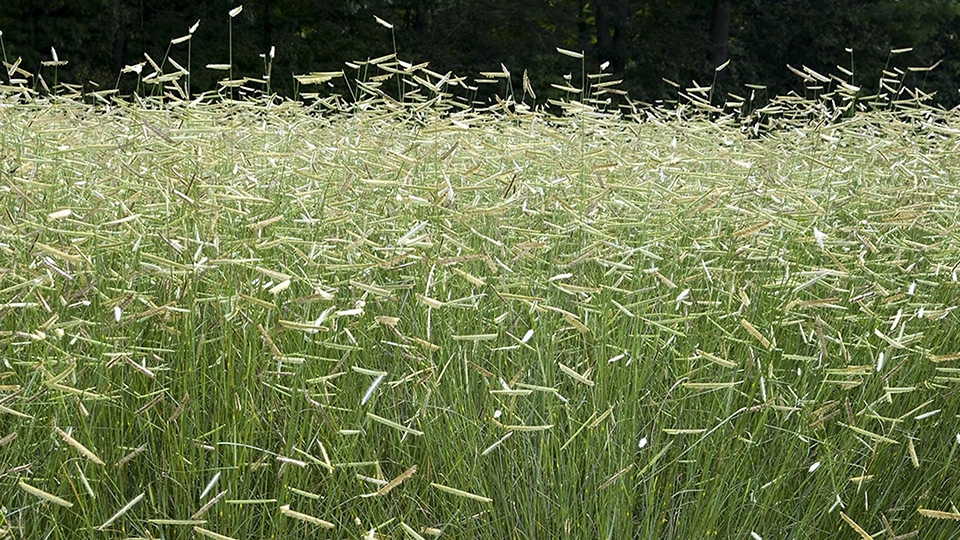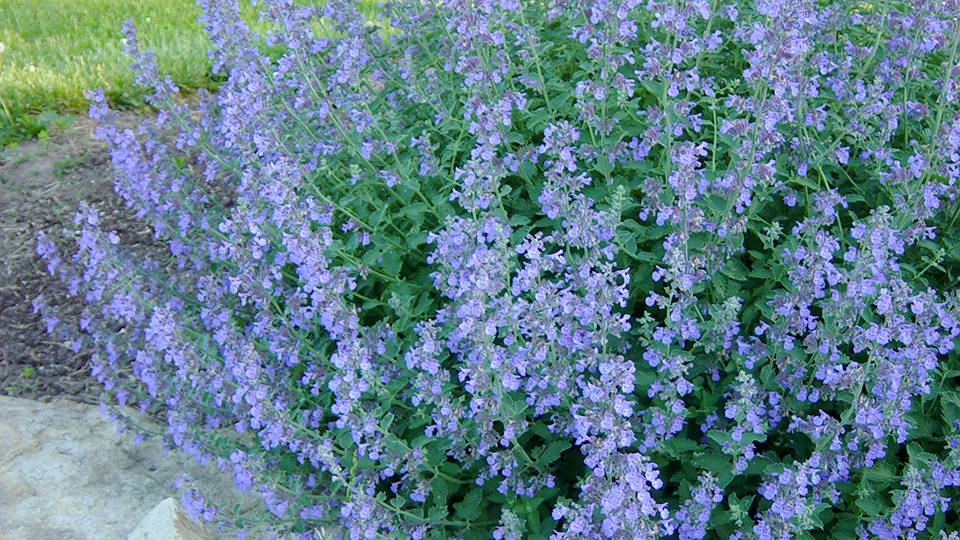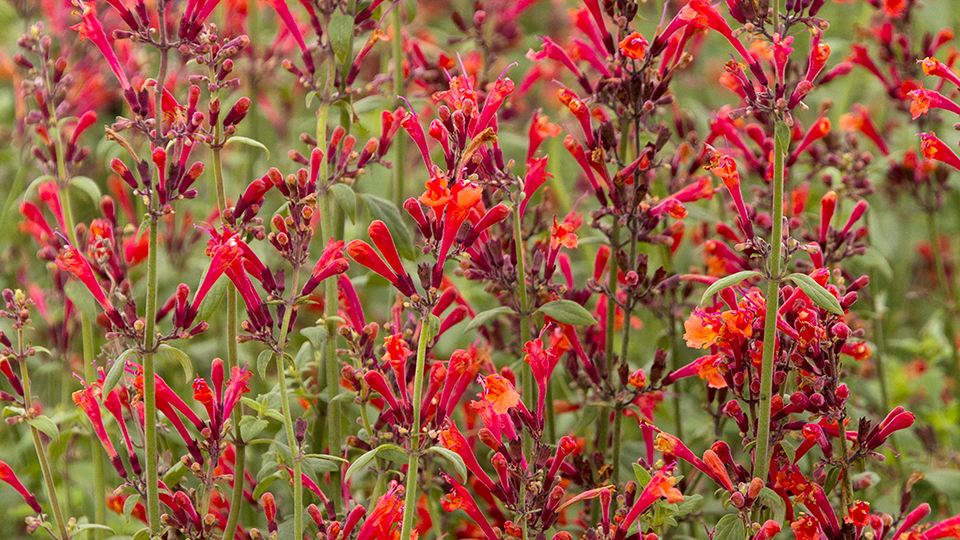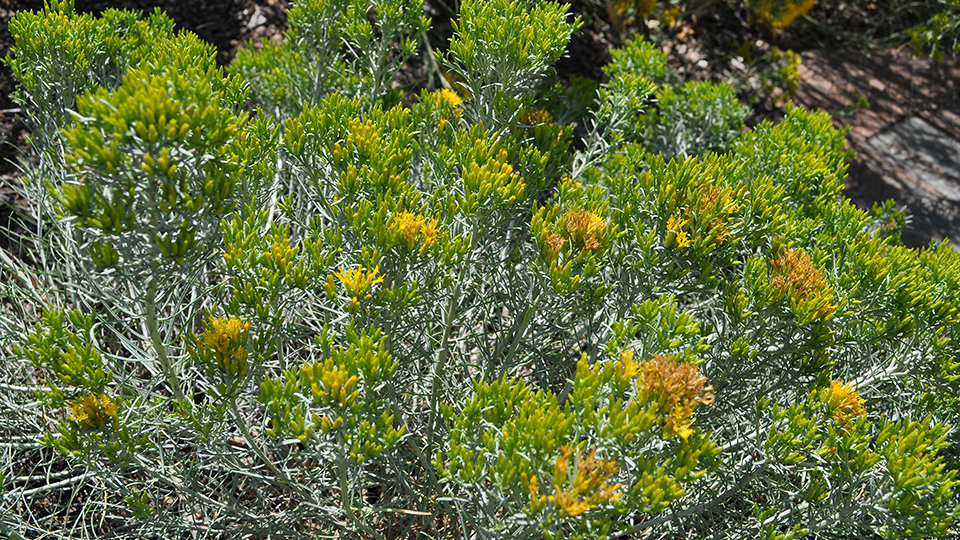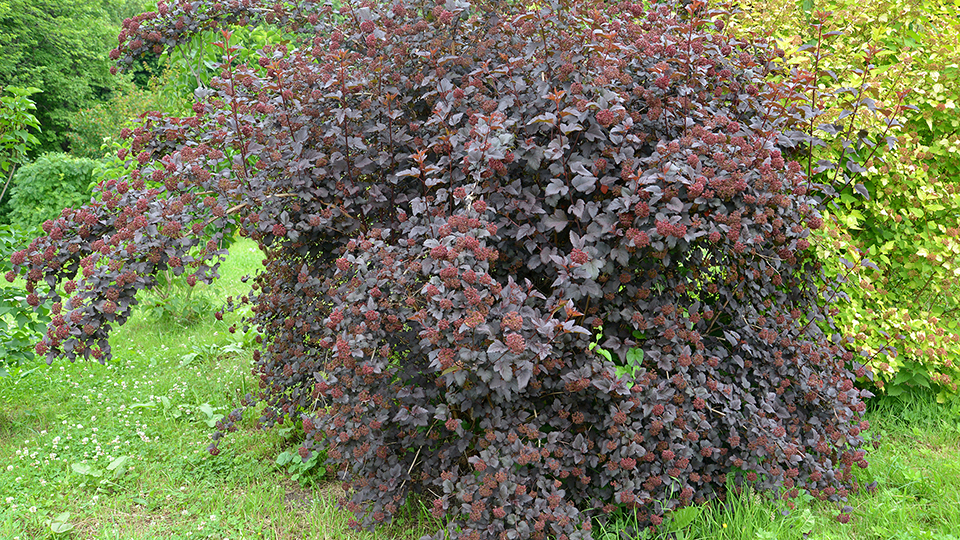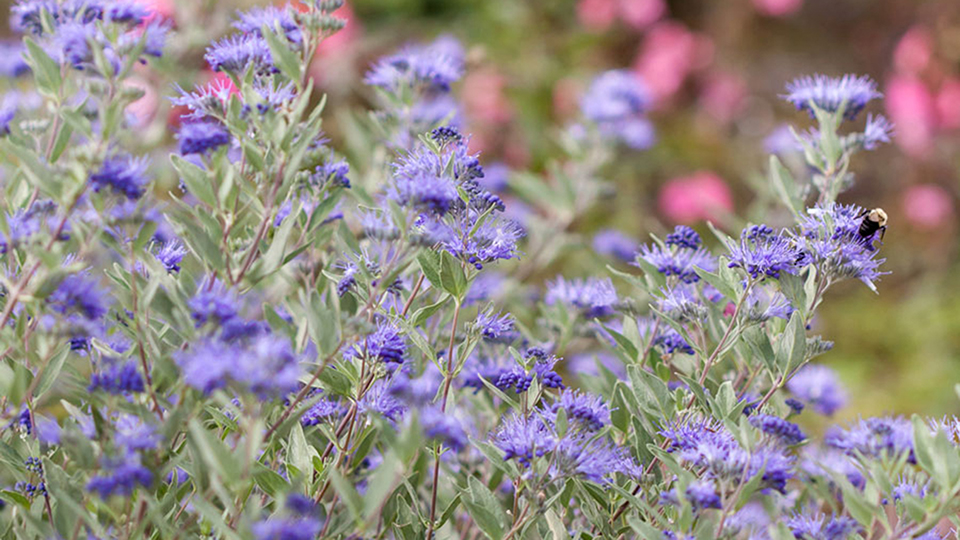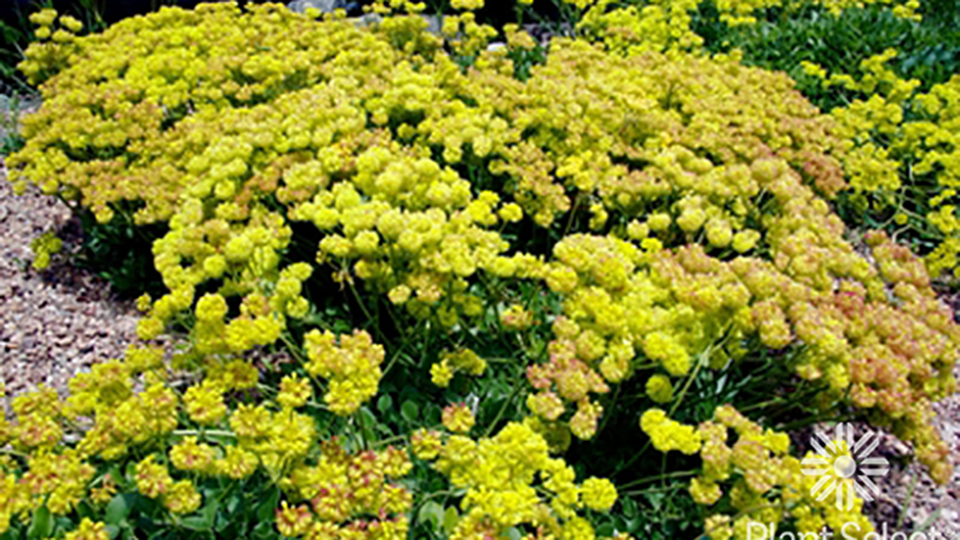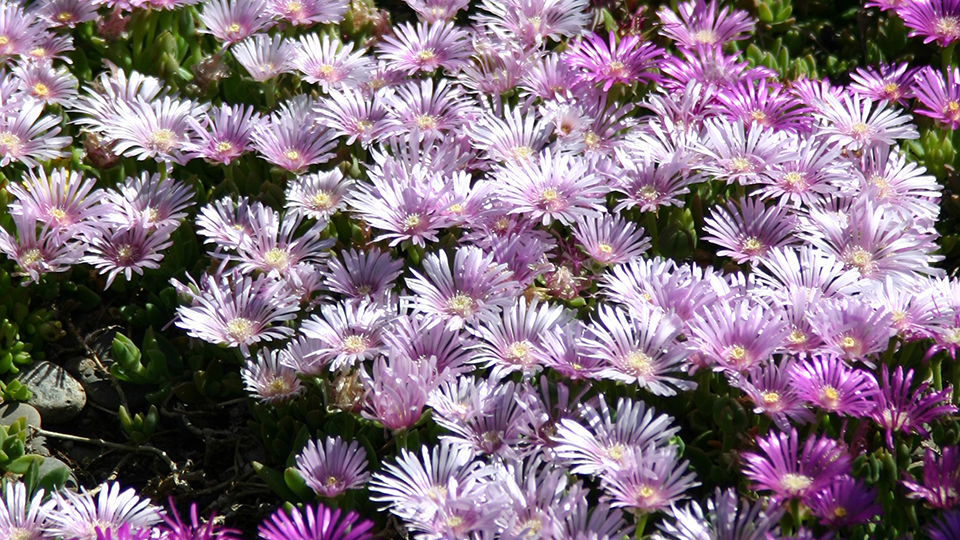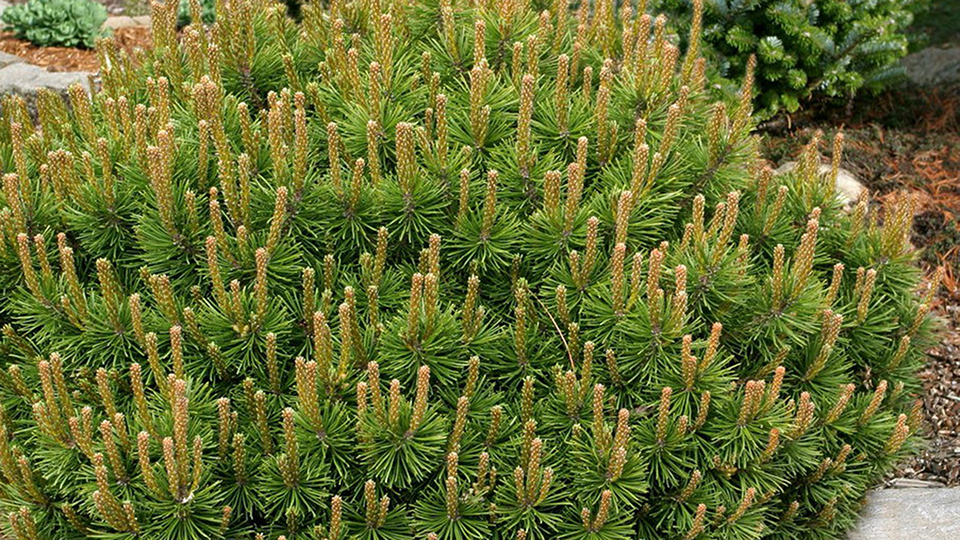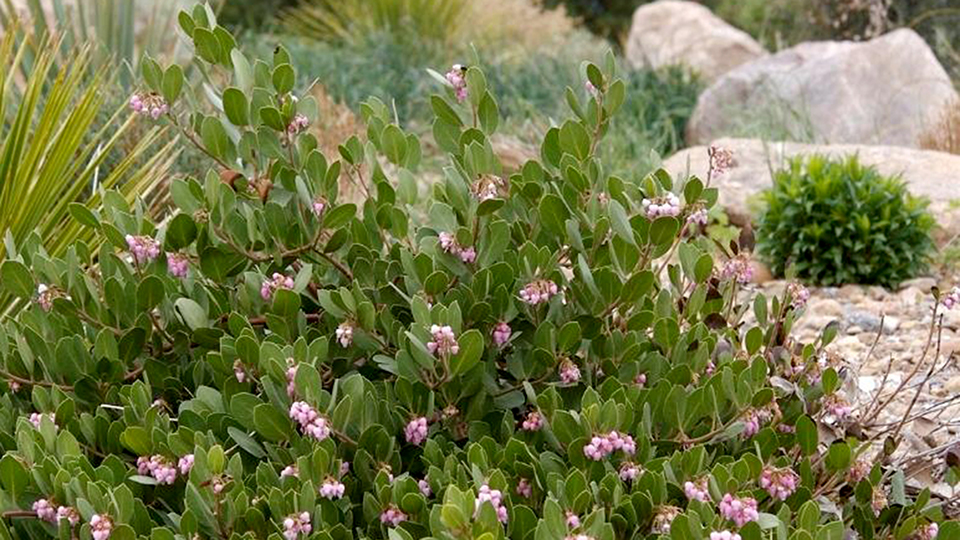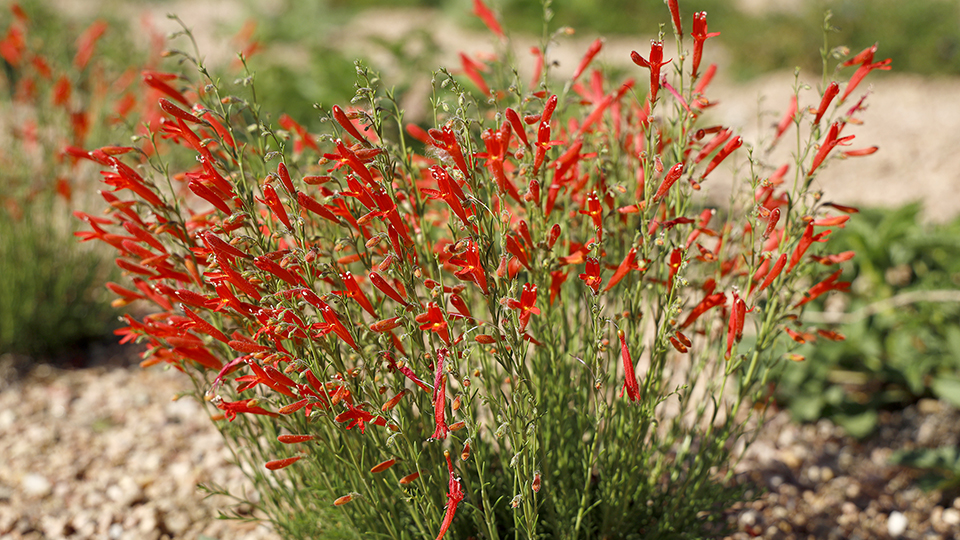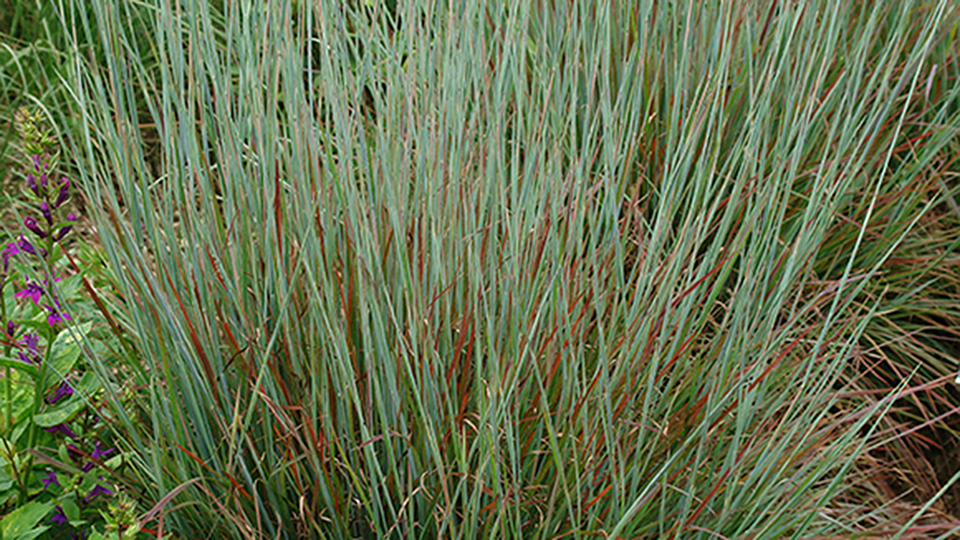Street Strip Landscapes
Improving Problematic Street-Strip Landscapes
The narrow green spaces between streets and sidewalks, referred to street strips, are common in most neighborhoods. However, for anyone tasked with maintaining these areas they can be a source of frustration, as these nonpractical areas are often planted with cool-season turf that requires more water and maintenance, leading to higher expenses. These narrow turf areas can also include trees and can range from 2 to 10 feet wide. While potentially problematic, these areas can be converted to attractive planting beds using water wise, climate-appropriate plants.
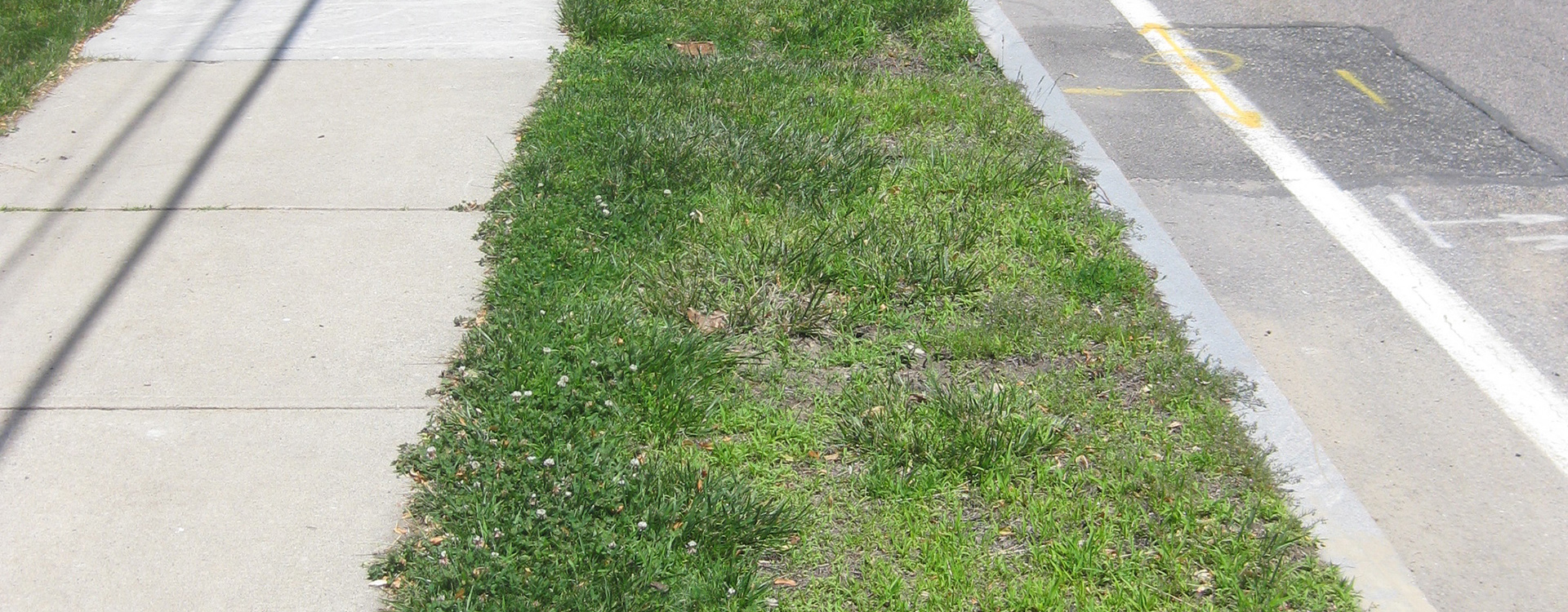
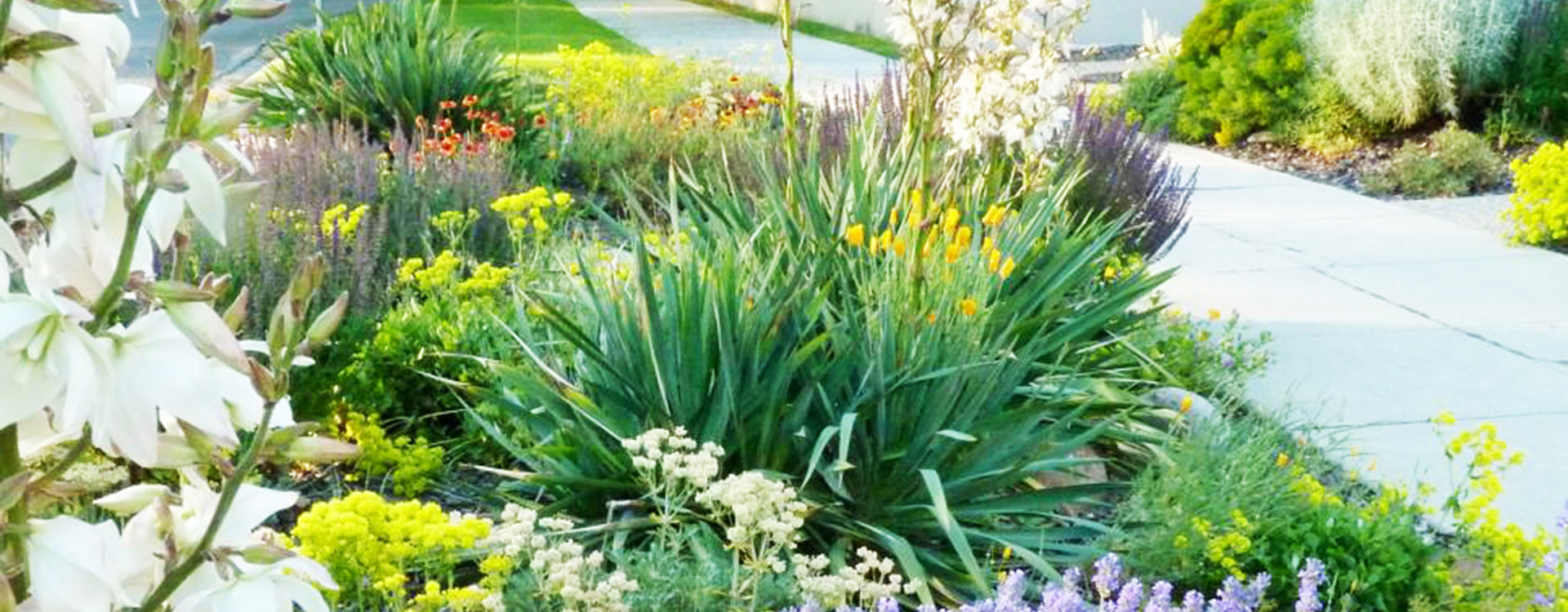
Reoccurring issues with these areas include:
- Higher maintenance (mowing, trimming around trees, fertilization, weed control and aeration.)
- Higher water usage for turf grasses in smaller, narrow areas are more difficult to irrigate efficiently, causing over-spray and run-off.
- Due to their location, dog waste, snowpack and road salts often build up.
- These areas tend to be hotter, as they are surrounded by hard surfaces.
- While potentially problematic, these areas can be converted to attractive planting.
Things to consider when making these conversions:
- If taking out the turf be sure to remove enough soil to make room for any soil amendments needed.
- Amend the soil.
- If possible, convert any overhead irrigation systems to drip irrigation.
- To alleviate wear and tear from foot traffic, plan places that allow for stepping out of cars parked along the street.
- Explore converting and re-seeding areas with native grasses that need less water and can be left unmowed during the growing season to take on natural growth.
- Be sure to check your city ordinances, as cities typically own street-strip landscapes, even if homeowners are required to maintain them.
Ideal Street-Strip Plants on Display in our Conservation Gardens
The Conservation Gardens, located behind the Northern Water headquarters building, are free and open to the public daily during daylight hours.

